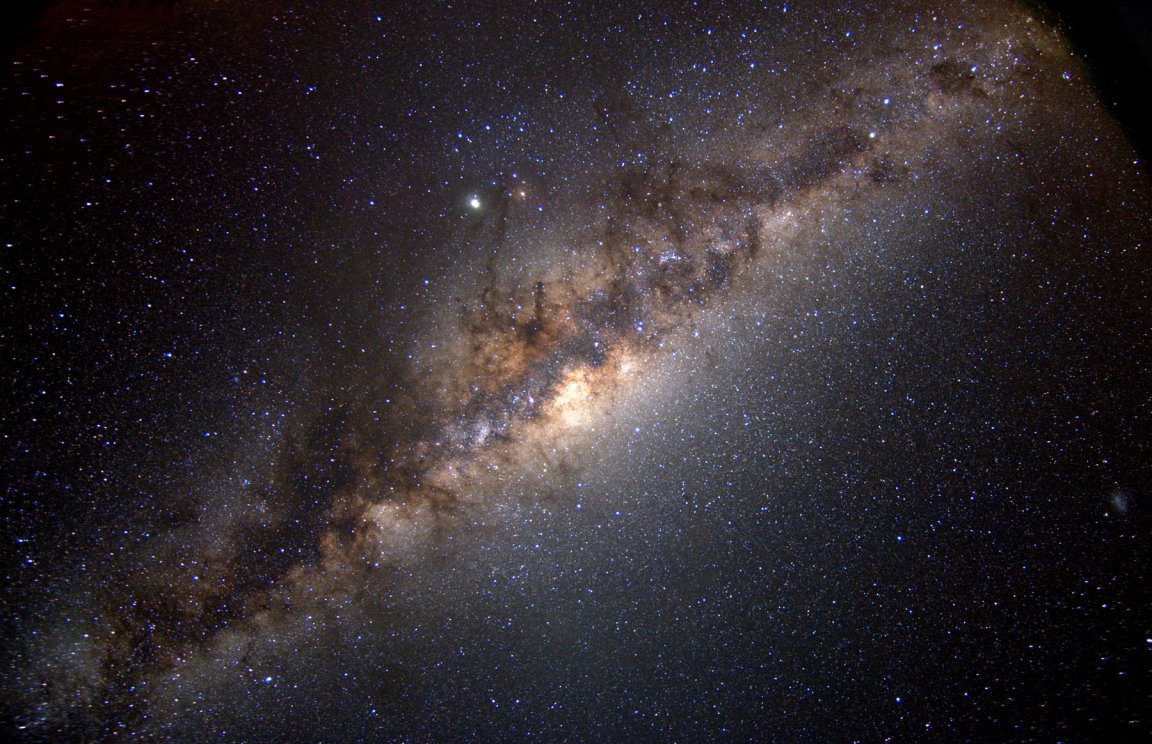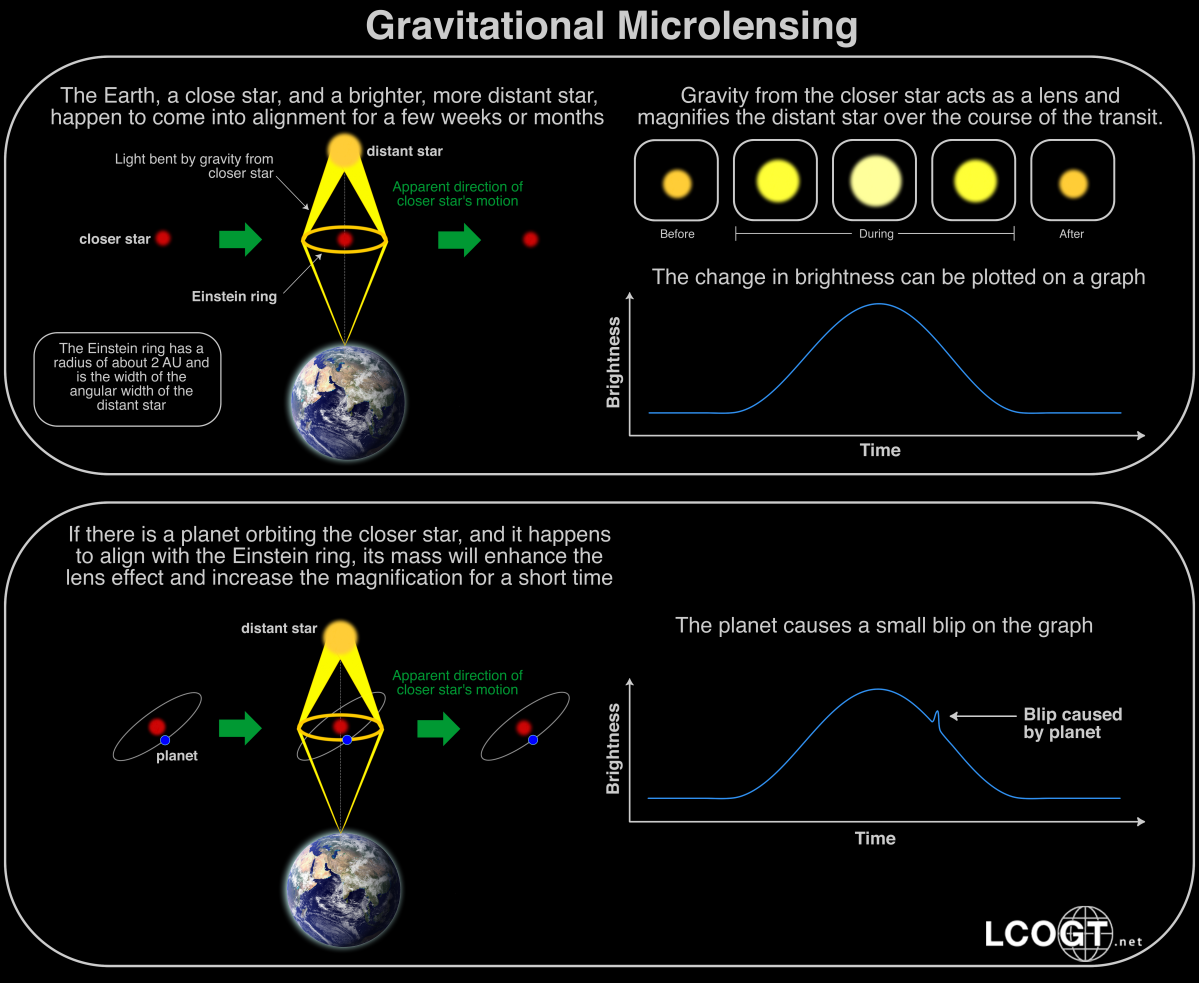
Our Mysterious Universe
It is surprisingly easy to forget how vast our universe truly is. Since we are able to glimpse light from stars that are an astonishing distance away, it’s easy to assume that we have a pretty firm grasp on the cosmos. True, we may need to use telescopes in order to peer across the expanse and truly see distant objects; however, the mere fact that we can see this far is reassuring.
But in fact, we know surprisingly little about even our own galaxy.
The Search for Other Worlds
It may be a little hard to believe that the Milky Way is largely unexplored, but keep in mind that there’s a lot that we don’t know about our very own planet. Indeed, according to the National Oceanic and Atmospheric Administration, we have explored less than 5% of the ocean. Considering the ocean covers some 70% of our planet, that is a lot of unexplored territory. Moreover, although the surface of the Earth is littered with people, researchers exploring the recesses of our world discover dozens of new species each day (literally).

With this in mind, the above map, which was recently released by NASA, shows the range of the Kepler Space Telescope. This is the primary instrument used to discover exoplanets (worlds that reside in alien solar systems). Kepler’s field of view is the small, red cone.
That’s it. That little cone is nearly all we have to detect other worlds.
The yellow dots show all of the planets discovered with microlensing. This method of detection is much harder. So the problem is thus: While Kepler has discovered thousands of alien worlds in its field of view, its range is limited to a short, narrow band. And while microlensing can find planets much farther out, it is a bit trickier, resulting in just a handful of discoveries.
So. There we are. This is the expanse of space in which we’ve been able to search for alien worlds. A little cone of red and a few smatterings of yellow.
Notably, the map also shows one of the latest exoplanets confirmed via microlensing, which is 13,000 light years away from Earth. Ultimately, this planet is about half as far away as the farthest exoplanet ever discovered, which you can also see in the image.

In essence, microlensing is a celestial phenomenon that sees light become distorted by an object’s gravity. Basically, when stars or galaxies appear to overlap with background objects, the distortion caused by the warping of spacetime magnifies the farthest of the two sources, helping us study a distant object more closely.
The above image gives you a pretty good breakdown of how this works.
For exoplanets, when microlensing is in effect, planets orbiting the frontmost source might leave a discernible signature on the magnified object, thus allowing us to deduce the existence of planets that are much too distant to be seen traditionally. Overall, around 30 planets have been detected using this method, the most distant of which is believed to be 25,000 light-years away.

If you need a final breakdown of just how immense our cosmos truly is, the above image is a clearer view of what Kepler can (and cannot) see.
But of course, that’s not to say we don’t know anything. Indeed, the amount of data Kepler has given us is rather staggering (just maybe not when considered alongside the true immensity of our cosmos). The latest significant discovery was made by the mission in July 2015, when the spacecraft found a high value exoplanet named Kepler-452b, which is orbiting its parent star only 20 percent brighter than our Sun.
The newly-found planet was dubbed a “bigger, older cousin” to Earth, as it’s 60 percent larger in diameter than our world and has spent six billion years in the habitable zone of its star (that’s a few billion years longer than Earth has been around).
With the Kepler-452b discovery, the total number of confirmed planets has increased to 1,030.